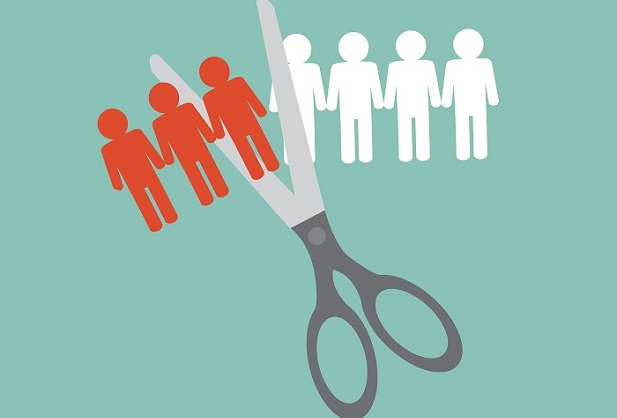
Facing an uncertain economy, many tech companies—including Big Tech firms—are reducing their headcount. But how can they be certain they're not losing their best and brightest?
Facebook, for instance, is reportedly encouraging managers to choose the bottom 15 percent of their teams and mark those individuals for potential layoffs. Well aware of this, employees are likely already 'managing up' to make sure they aren't on the list. But staying focused on keeping one manager happy does not always align with keeping teammates happy or focusing on company goals such as keeping customers happy. So the company may be damaged even before layoffs begin.
Recommended For You
This is a common dynamic within businesses that use traditional, hierarchical performance reviews. People who are good at 'managing up'—in other words, they are skillful at promoting their own work—tend to be the ones who get to stay, but those aren't necessarily the organization's best performers. Instead, complementing performance reviews with Organizational Network Analysis (ONA) can help a company control for the 'managing up' phenomenon and identify its most valuable employees, whom it can't afford to lose.
Instead of only identifying its worst-performing team members, a company needs to also identify its true top performers and then invest in retaining them. The problem is, traditional performance reviews don't identify who those individuals are. Research has shown that more than 60 percent of a typical performance rating can be attributed to the idiosyncrasies of the manager.
Organizational Network Analysis is a technique for mapping employees' flow of work, relationships, and behavior patterns. By asking employees a few specific questions, then applying ONA techniques, companies can quickly identify which team members are making the most impact on the company, and which are not. Collecting more performance data from employees' networks (not just peer 360s) gives evaluators greater visibility into performance and helps diminish the impact of any biases.
Examples of ONA questions include:
- Based on the past performance period, whom do you consider to be a "Gold Star" contributor at the company?
- Based on the past performance period, whom do you believe needs additional support or attention?
- Whom at the company do you go to for help and advice?
ONA helps companies identify the people they absolutely need to retain, and to determine whether they are a flight risk. It also identifies underperformers who may need assistance or may eventually be managed out. Importantly, ONA provides quantitative data based on a larger sample size, not just one person's opinion—and that gives every person a fair shot at being recognized for the difference they're making at work.
As the economy faces uncertainty over the next year and businesses need to carefully plan which employees they retain and which they may need to part ways with, basing those decisions on real data is the best way to ensure an organization is making optimal decisions about its most precious resource—its people.
Joshua Merrill is the CEO and co-founder of Confirm.
From: BenefitsPRO
© Touchpoint Markets, All Rights Reserved. Request academic re-use from www.copyright.com. All other uses, submit a request to [email protected]. For more inforrmation visit Asset & Logo Licensing.



